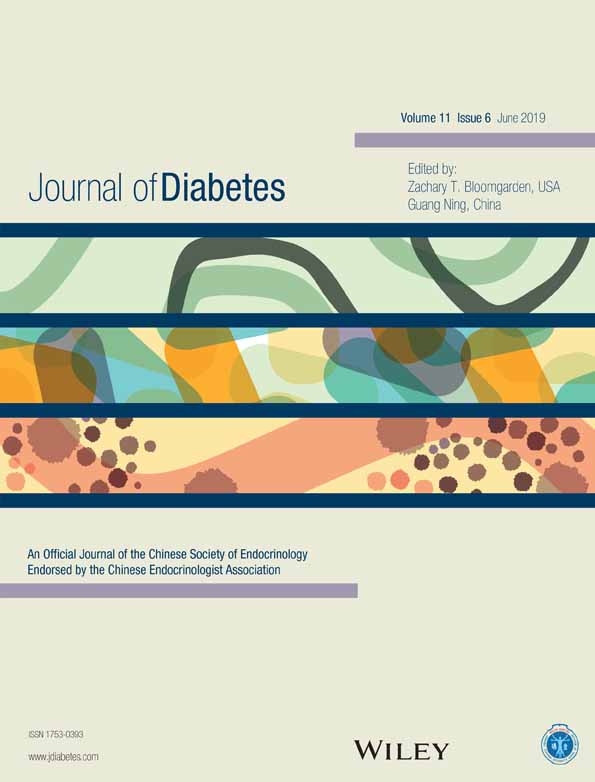Comparative efficacy of nine different dressings in healing diabetic foot ulcer: A Bayesian network analysis
九种不同敷料治疗糖尿病足溃疡的疗效比较:贝叶斯网络分析
Abstract
enBackground
There is a wide variety of dressings currently available for the treatment of diabetic foot ulcers (DFUs). Because of a lack of evidence from head-to-head randomized controlled trials (RCTs), the relative effects of these dressings in DFU patients remain unclear. This study compared the efficacy of nine dressings in healing DFU.
Methods
A literature search was performed of the MEDLINE (PubMed), EMBASE and Cochrane Central Register of Controlled Trials (CENTRAL) databases. Reports published from 1993 to 2017 focusing on dressings for healing DFU were identified.
Results
Twenty-one RCTs, with a total of 2159 patients, were included in the present study. Bayesian network analysis showed that amniotic membrane dressings were superior to alginate, basic wound contact, foam, honey-impregnated, hydrocolloid, and iodine-impregnated dressings. Hydrogel dressings were better than basic wound contact dressings. Other dressings showed no significant differences. According to the probability of ranking results, amniotic membrane and hydrogel dressings are preferred for healing DFUs.
Conclusions
The nine dressings evaluated in this study had different advantages in promoting the healing of DFU, but most differences among the dressings were not significant. According to the analysis of rank probability, amniotic membrane and hydrogel dressings are the most advantageous in terms of promoting DFU healing. It is recommended that the most suitable dressing should be selected taking into consideration exudate control, comfort, and cost.
Abstract
zh摘要
背景
目前有多种敷料可用于治疗糖尿病足溃疡(diabetic foot ulcer,DFU)。由于缺乏来自头对头随机对照试验的证据,不同敷料对DFU的疗效影响尚不清楚。本研究比较了九种敷料治疗DFU的疗效。
方法
对MEDLINE(PubMed),EMBASE和Cochrane对照试验中心登记数据库进行了文献检索。纳入的文献包括发表于1993年至2017年间聚焦于敷料治疗DFU的相关研究。
结果
本研究纳入21项随机对照试验,共2159例患者。贝叶斯网络分析表明,羊膜敷料优于藻酸盐敷料、传统敷料、发泡敷料、蜂蜜浸渗敷料、水胶体敷料和碘浸渗敷料。水凝胶敷料比传统敷料更好。其他敷料并无显着差异。根据疗效排序结果的概率,羊膜敷料和水凝胶敷料在治疗DFU上更具有优势。
结论
本研究评价的九种敷料在促进DFU愈合方面均有不同的优势,但敷料之间的差异并不显着。根据疗效排序结果的概率分析,羊膜敷料和水凝胶敷料在促进DFU愈合方面效果最优。建议根据患者渗出情况、舒适度以及医疗成本选择最适合的敷料。
CONFLICTS OF INTEREST
The authors declare no conflicts of interest.




